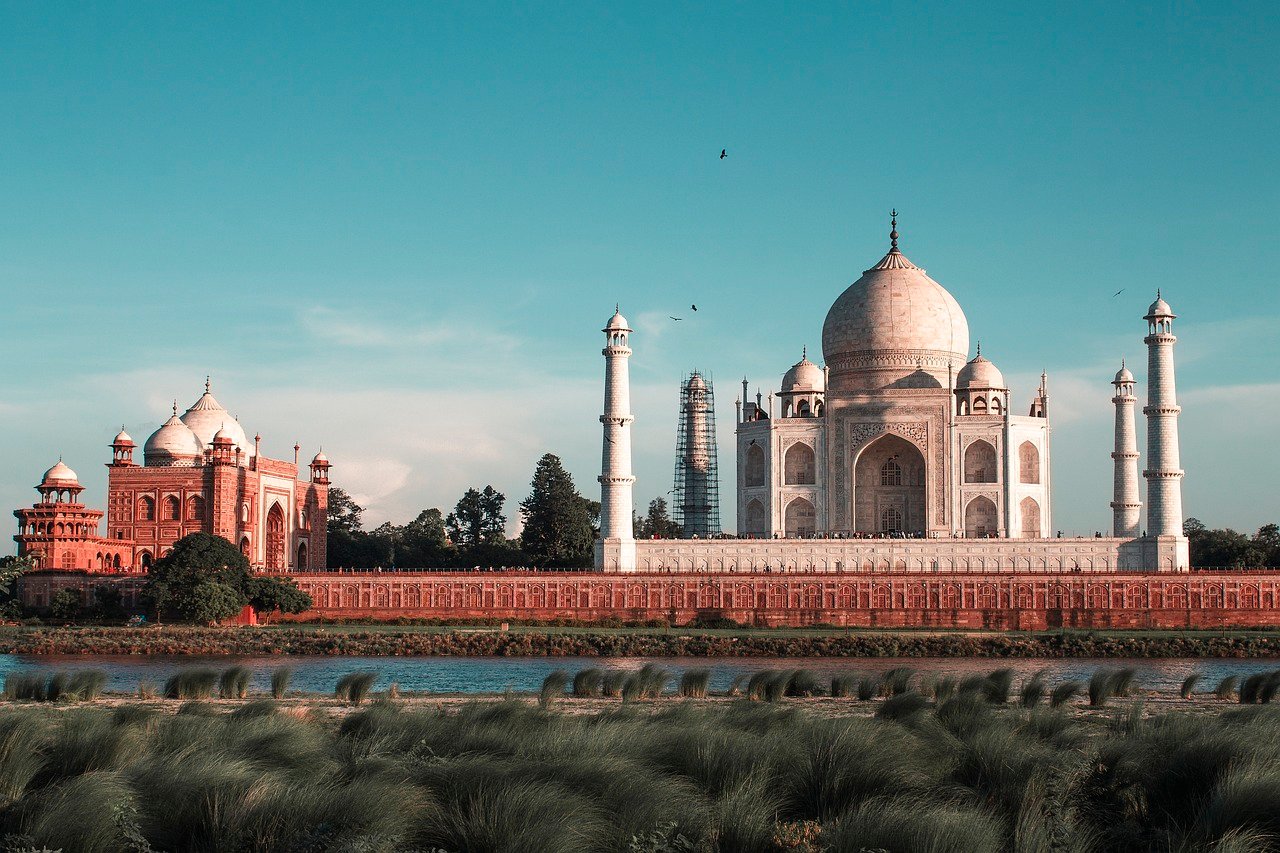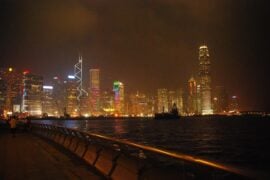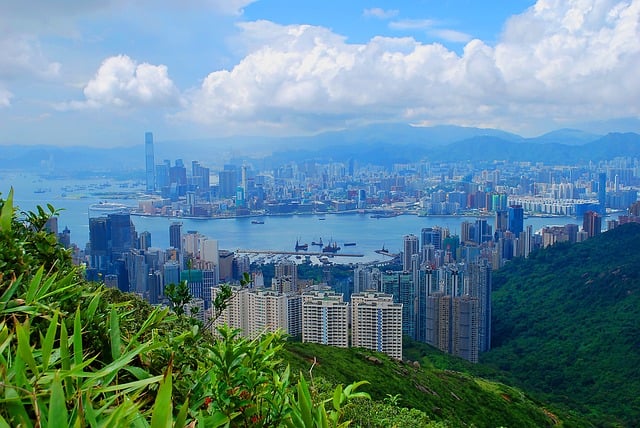A unanimous award (worth around USD 960 million) issued in favor of a construction consortium by a three-member Arbitral Tribunal sitting in New Delhi was set aside by the Supreme Court of India, after no less than 5 attempts to assail the award. The saga, which began before a Single Judge bench of the Delhi High Court in 2017, finally ended before the Supreme Court in April 2024, when it set aside the award in exercise of its curative jurisdiction under Article 142 of the Indian Constitution.[1] This decision may be of particular interest to lawyers dealing with large infrastructure or construction disputes, given that the Supreme Court also analyzed the Tribunal’s interpretation of the termination clause of the Concession Agreement.
Factual Background
Delhi Metro Rail Corporation (“DMRC“), a state-owned company wholly owned by the Government of India and the National Capital Territory of Delhi entered into a Concession Agreement in 2008 (“Concession Agreement“) with Delhi Airport Metro Express Private Limited (“Concessionaire“), a special purpose vehicle incorporated by a consortium comprising of Reliance Infrastructure Limited and Construcciones Y Auxiliar de Ferrocarriles SA, Spain. The Concession Agreement envisaged a public-private partnership for the construction, operation and maintenance of the Delhi Airport Metro Express Ltd. (“AMEL“) for providing metro rail connectivity between New Delhi Railway Station and the Indira Gandhi International Airport and other points within Delhi. The Concessionaire was granted exclusive rights, license and authority to implement, manage and operate the project, and was to undertake amongst other things, the design, supply, installation, testing and commissioning of railway systems and had to complete this work in two years, and thereafter maintain AMEL until August 2038. DMRC had to undertake clearances and bear costs for land acquisition and civil structures.
Operations on the metro line began in February 2011; however in April 2012, the Concessionaire sought a deferment from DMRC for payment of concession fee, citing that retail activity had not picked up at the metro stations. Subsequently, the Concessionaire expressed its intention to halt operations, alleging that the line was unsafe to operate. On 9 July 2012, the Concessionaire issued a “Cure Notice” to DMRC containing a list of defects which according to them caused a “material adverse effect” on the performance of their obligations under the Concession Agreement. The Concessionaire requested DMRC to cure the defects within 90 days failing which a “Material Breach” and a “DMRC Event of Default” would have occurred, entitling the Concessionaire to terminate the Concession Agreement.
At the end of the cure period, the Concessionaire terminated the Concession Agreement. In terms of the dispute resolution clause under the Concession Agreement, DMRC initiated conciliation, and since conciliation was not successful, it initiated arbitration proceedings against the Concessionaire on 23 October 2012. A Tribunal was constituted in August 2013, and an award was issued in favor of the Concessionaire on 11 May 2017 (“Award“).
In the meantime, both parties made a joint application to the Commissioner of Metro Rail Safety (“CMRS“) for re-opening AMEL for public carriage of passengers. After inquiry and inspection, the CMRS issued its sanction on 18 January 2013 subject to certain conditions, including speed restrictions (“CMRS certificate“). Operations on AMEL were recommenced by the Concessionaire on 22 January 2013, and on 30 June 2013, the project assets were handed over by the Concessionaire to DMRC, and DMRC continued to operate AMEL from 1 July 2013.
In its Award, the Tribunal held that the Concessionaire was entitled to:
- A termination payment of Rs. 2782.33 Crores[2] with interest thereon, in terms of the Concession Agreement;
- Expenses incurred in operating AMEL from 7 January 2013 to 30 June 2013 and debt service made by it during this period, of Rs. 147.52 Crores[3] plus interest at 11% per annum from the date of payment of stamp duty;
- Refund of the bank guarantee which had been encashed, amounting to Rs. 62.07 Crores[4] plus interest at 11% per annum;
- Security deposits with service providers, amounting to Rs. 56.8 Lakhs[5] plus interest at 11% per annum;
- The Tribunal also held that DMRC was entitled to Rs. 46.04 Crores[6] as Concession Fee for the period from 23 February 2012 to 7 January 2013.
Being aggrieved by the Award, DMRC filed an application under Section 34 of the Arbitration and Conciliation Act, 1996 (“the Act“) before the Delhi High Court to have the award set aside. The Single Judge of the High Court dismissed DMRC’s petition following which, DMRC filed an appeal under Section 37 of the Act[7] before a Division Bench of the Delhi High Court. The Division Bench partly allowed the appeal and partly set aside the award as perverse and patently illegal. The Concessionaire then filed a Special Leave Petition before the Supreme Court under Article 136 of the Constitution to challenge the decision of the Division Bench of the Delhi High Court, and a two-judge Bench of the Supreme Court allowed the appeal and restored the award. DMRC challenged this decision by filing a review petition, which was dismissed by the Supreme Court. Finally, DMRC filed a curative petition in one more attempt to set aside the Award.
Decisions of the Arbitral Tribunal, the Delhi High Court and the Supreme Court in appeal
The Tribunal had to decide whether the Concessionaire had validly terminated the Concession Agreement, on account of there being defects in the civil structure of the airport metro line, which were not cured by DMRC within the 90-day cure period. The Tribunal concluded that the defects had compromised the structure’s integrity, and these defects were not cured by DMRC within the 90-day cure period. The Tribunal also held that the CMRS certificate did not show that the defects were fully cured, since this certificate imposed conditions for monitoring the operation of the line and speed restrictions. The Tribunal found that since the metro line was to serve as a high speed line, the imposition of speed restrictions meant that this purpose was not served and the CMRS certificate or subsequent operation of the line were not relevant for deciding the issues before it.
The Single Judge of the Delhi High Court, while upholding the Award, held that so long as it was reasonable and plausible, no interference to the Award was warranted even if an alternate view was possible. The Judge held that the Tribunal had analyzed material and evidence in great detail, and arrived at a plausible conclusion. The Division Bench of the Delhi High Court on the other hand held that the Award was perverse and patently illegal inter alia because (i) there was some ambiguity on the relevant date of the termination since the Award did not interpret clause 29.5.1(i) of the Concession Agreement regarding the duration of the cure period; (ii) the Award was silent and unreasoned on the issue of whether speed restrictions were a justification for termination of the Concession Agreement; and (iii) the findings of the Tribunal on the CMRS certificate, its legal effect and relevance were incorrect.
A two-judge Bench of the Supreme Court set aside the Delhi High Court Division Bench decision and restored the Award. The Supreme Court held that:
- Construction of the provisions of the Concession Agreement was within the exclusive domain of the Tribunal;
- The Award was not perverse and the Tribunal’s finding that the defects were not cured was a finding of fact, not warranting interference;
- DMRC had not contended before the Tribunal that the CMRS certificate was binding and conclusive of the fact that the defects were cured or that effective steps had been taken;
- Dealing with the CMRS certificate separately from the validity of the termination of the Concession Agreement, did not render the Tribunal’s findings on the validity of the termination erroneous. The Tribunal comprised of engineers and the Award could not be scrutinized in the same manner as one drawn by a legally trained mind.
The review petition filed against the above decision of the Supreme Court was also dismissed, which led to the Curative Petition.
Decision of the Supreme Court in the Curative Petition
The two issues for consideration before a three-Judge bench of the Supreme Court were (i) whether the Curative Petition was maintainable; and (ii) whether the Supreme Court was justified in restoring the Award which was set aside by the Division Bench of the Delhi High Court on the ground of patent illegality.
In defining the contours of its curative jurisdiction, the Supreme Court relied on its earlier decision in Rupa Hurra v. Ashok Hurra[8]and held that its curative jurisdiction extends to cases where the Court acts beyond its jurisdiction, resulting in a grave miscarriage of justice. It is worth noting that in Rupa Hurra, the Supreme Court emphasized that except when very strong reasons exist (emphasis supplied), the Court should not entertain an application seeking reconsideration of an order of this Court which has become final on dismissal of a review petition.[9]
The Supreme Court then examined the grounds under which an arbitral award may be set aside by a court, more specifically when the award is vitiated by patent illegality appearing on the face of the award.[10] The Court relied on its earlier decisions in Associate Builders v. Delhi Development Authority[11] and Ssangyong Engineering & Construction Co. Ltd. v. NHAI[12] wherein it was held that an award may be set aside for patent illegality if the decision of the arbitrator is found to be perverse, or so irrational that no reasonable person would have arrived at it. An award is rendered perverse or irrational where the findings are (i) based on no evidence; (ii) based on irrelevant material; or (iii) ignores vital evidence.[13] The Supreme Court also reiterated that the same grounds of challenge to an award available under Section 34 of the Act are applicable in an appeal under Section 37 of the Act.[14]
The Supreme Court held that the award was patently illegal and rightly set aside by the Division Bench of the Delhi High Court. It stated that the Tribunal’s interpretation of the termination clause in the Concession Agreement was unreasonable and by deeming the CMRS certificate to be irrelevant to the issue of termination, the Tribunal had overlooked vital evidence and matters on record. The Single Judge of the Delhi High Court and the two-judge Bench of the Supreme Court which reversed the Division Bench decision, had erred in not setting aside the Award. In coming to this conclusion, the Supreme Court considered two things: (i) the wording of the termination clause in the Concession Agreement and (ii) the CMRS certificate and its relevance to the termination of the Concession Agreement.
- The termination clause in the Concession Agreement
Clause 29.5.1(i) entitled the Concessionaire to terminate the Concession Agreement if DMRC “failed to cure such breach or take effective steps for curing such breach” (emphasis supplied). The Supreme Court stated that the parties intentionally used two separate phrases, so that once a cure notice was served on a party, it would be open for them to either cure the defects or take effective steps, which may or may not culminate in completely curing all defects by the end of the cure period. Taking effective steps was enough to prevent termination and the Tribunal failed to appreciate the individual import of the two phrases, as it placed the two components, i.e. curing the defects and taking effective steps, at par. The two-judge Bench of the Supreme Court found that the defects ought to have been fully cured within the cure period to avoid termination, thereby rendering the phrase “effective steps” otiose. Such interpretation of the terms of the termination clause was unreasonable and one that no reasonable person would have accepted.[15] The Award also did not contain any explanation as to why the steps taken by DMRC towards curing the defects, were not “effective steps” within the meaning of the termination clause.
- The CMRS certificate as vital evidence for the validity of termination
Since the Tribunal failed to consider that “effective steps” had been initiated by DMRC within the cure period, the CMRS certificate was also erroneously deemed irrelevant. Admittedly, some defects had been cured entirely and DMRC had taken effective steps to cure the remainder, and this was part of the record. The Concessionaire contended in its Cure Notice that the train could only be run once all defects were cured to the satisfaction of all stakeholders about the safety of operations. Under the Metro Railways (Operation and Maintenance) Act, 2002, the relevant stakeholder who needs to be satisfied about the safety of operations is the CMRS. The CMRS had to certify to the Central Government that the metro line was safe for operation and there was no danger to the public. Therefore, the CMRS certificate was a vital piece of evidence for determining the validity of the termination of the Concession Agreement, since the Concessionaire had called on DMRC in its Cure Notice to cure all defects for the safety of operations. The Tribunal erred in overlooking vital evidence pertaining to an issue that went to the root of the matter.
The Supreme Court therefore concluded that the Division Bench of the Delhi High Court was correct in setting aside the Award for perversity and patent illegality. It further held that the two-judge Bench of the Supreme Court failed to justify the reasons for its interference with a well-considered decision of the Division Bench, which was delivered in proper exercise of its jurisdiction under Section 37 of the Act. The decision of the two-judge Bench of the Supreme Court resulted in a grave miscarriage of justice, since it restored a patently illegal award which saddled a public utility with an exorbitant liability. The Supreme Court held that this was an exceptional case where the process of arbitration was perverted by the Tribunal to provide an undeserved windfall to the Concessionaire. Hence, this warranted the exercise of the Supreme Court’s curative jurisdiction under Article 142 of the Indian Constitution.[16] The curative petitions were allowed and the proceedings for enforcement of the Award were ordered to be discontinued. All orders passed in the course of the enforcement proceedings were set aside and all monies deposited and/ or paid by DMRC in furtherance of the Award were ordered to be refunded to it.
The Supreme Court’s curative jurisdiction is an important power, to be used only in cases where a manifest injustice must be remedied and to do complete justice between the parties. Although the Court warned that this decision should not open the floodgates to create a fourth or fifth stage of court intervention in an arbitral award, it will be interesting to see the fallout of this decision, particularly in cases involving large infrastructure projects with state-owned companies. Given the high monetary value of these projects, it is likely that an arbitral award issued in a dispute arising from such projects will be large. Since the Supreme Court in this case intervened at the fifth stage of appeal to rescue a public utility from being “saddled with an exorbitant liability“, it remains to be seen how the fate of future disputes arising out of infrastructure projects in India which require partnership with the State or state-owned companies, is eventually determined.
[1] Delhi Metro Rail Corporation Ltd. v. Delhi Airport Metro Express Pvt. Ltd. 2024 INSC 292.
[2] Approx. USD 432,095,849 (INR to USD conversion rate as on date of Award 1 INR=0.01553 USD; source https://www.exchange-rates.org/exchange-rate-history/inr-usd-2017).
[3] Approx. USD 22,909,856 (INR to USD conversion rate as on date of Award 1 INR=0.01553 USD; source https://www.exchange-rates.org/exchange-rate-history/inr-usd-2017).
[4] Approx. USD 9,639,471 (INR to USD conversion rate as on date of Award 1 INR=0.01553 USD; source https://www.exchange-rates.org/exchange-rate-history/inr-usd-2017).
[5] Approx. USD 88,210.4 (INR to USD conversion rate as on date of Award 1 INR=0.01553 USD; source https://www.exchange-rates.org/exchange-rate-history/inr-usd-2017).
[6] Approx. USD 7,150,012 (INR to USD conversion rate as on date of Award 1 INR=0.01553 USD; source https://www.exchange-rates.org/exchange-rate-history/inr-usd-2017).
[7] 37. Appealable orders.—(1) An appeal shall lie from the following orders (and from no others) to the Court authorised by law to hear appeals from original decrees of the Court passing the order, namely:—
(a) refusing to refer the parties to arbitration under section 8;
(b) granting or refusing to grant any measure under section 9;
(c) setting aside or refusing to set aside an arbitral award under section 34. (emphasis supplied)
(2) Appeal shall also lie to a court from an order of the arbitral tribunal—
(a) accepting the plea referred to in sub-section (2) or sub-section (3) of section 16; or
(b) granting or refusing to grant an interim measure under section 17.
(3) No second appeal shall lie from an order passed in appeal under this section, but nothing in this section shall affect or take away any right to appeal to the Supreme Court.
[8] [2002] 2 S.C.R. 1006. The Court may entertain a curative petition to (i) prevent abuse of its process; and (ii) to cure a gross miscarriage of justice (p. 1034).
[9] Ibid at pp. 1034-1035.
[10] Section 34(2A)– An arbitral award arising out of arbitrations other than international commercial arbitrations, may also be set aside by the Court, if the Court finds that the award is vitiated by patent illegality appearing on the face of the award:
Provided that an award shall not be set aside merely on the ground of an erroneous application of the law or by reappreciation of evidence.
[11] 2015 3 SCC 49.
[12] 2019 15 SCC 131.
[13] Supra n. 1 at pp. 20-23.
[14] Supra n. 1 at p. 23.
[15] Supra n. 1 at pp. 26-29.
[16] Supra n. 1 at pp. 37-38.






